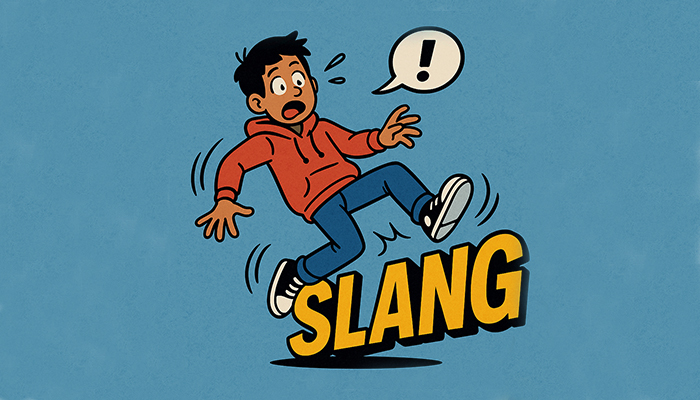Imagine this. You’ve got some great copy, perfectly pitched at the UK market, filled with seasonal idioms. It includes some cultural references and a quirky pinch of British humour. Is it ready to send off for translating? Heck, no. Not by the hairs on my chinny chin-chin! (I’m using Roald Dahl’s Three Little Pigs to make a point here, I don’t actually have a hairy chin…today).
If you send that kind of copy as your source document to your translation services partner, you are likely to:
- Halve the level of your brand consistency, and therefore…
- Fail to engage your potential global audience, and therefore…
- Lose out on the return on marketing investment (ROMI) that you deserve.
The quality of the source text – your original content – is critical. A well-prepared, translation-ready document will increase the quality and readability of each finished piece. It will have a much stronger impact on your audience. And for your immediate bottom line, it will speed up the translation process, saving you time and money.
Let’s look at what you need to remember when preparing copy for translation.
How to prepare copy for successful translation
1. Ensure brand consistency
Brand consistency is key. The value of localising your content is halved if you don’t first make sure your copy is on brand. A 2016 Aberdeen Group report found that companies that created content based on local needs that also maintained brand consistency, enjoyed a ROMI of more than twice that of companies that failed on brand consistency (53% compared to 21%).
2. Ensure consistency of words, numbers and tone of voice
This really forms part of my first, umbrella point on brand consistency, as words and tone of voice all work to strengthen the brand. Make sure you follow a style guide, which should cover tone of voice and include a terminology glossary.
- Your tone of voice
A consistent, on-brand tone of voice will ensure that your copy sounds like your company. For example, you may want to use technical language or a conversational tone, academic language or a sophisticated tone. You may even choose a neutral tone. Just make sure you know what it is and stick to it throughout.
- Your terminology glossary
A terminology glossary is essential for the efficiencies that come with your translation services partner’s translation memory system (TMS). Your glossary should include terms that must be translated consistently – or, conversely, that shouldn’t be translated at all. These might include terms that are specific to your company, industry or audiences. For Search Engine Optimisation (SEO), make sure you include all your keywords and phrases.
Having a terminology glossary will help you avoid diluting your brand by using variations on words and phrases that are key to your brand. Take the word “blog”, for example. We can refer to a blog as a “blog”, but also a “blog post”, an “article” or sometimes a “piece”.
- International numbers
These include dates, large numerals, measurements, phone numbers and currency – and should also go in your style guide. We mention the significance of numbers in our earlier blog, Translating financial documents: 8 questions you should ask your translation services partner.
3. Keep sentences short
Try to keep your sentences to 20 words or fewer. Shorter sentences are much easier to understand in general, and this helps greatly when it comes to translation. Say what you need to say and be done with it. If it helps, try reading sentences out loud. If you falter because it’s too long and complex, break it down into two or maybe even three sentences.
4. Write plain English
This harks back to my opening point. Avoid idioms, puns, jargon, slang and culture-specific references. These do not translate easily, and you could end up losing your point and/or wasting translation time. At best these dilute your brand, at worst they risk miscommunication.
5. Avoid humour
The same goes for humour. It’s hard enough to achieve anyway (right?!), and rarely translates well.
6. Use the active voice – not the passive
The active voice is much easier to understand. For example, “The copywriter has prepared the document for translation” (active) compared to “The document has been prepared for translation by the copywriter” (passive). The first, active voice, is much simpler and clearer for your reader.
7. Use relative pronouns
In English we tend to avoid relative pronouns, particularly if your piece is conversational. What is a relative pronoun? For example, you might say “The document they translated contained no errors”, when it would be clearer to include the word “that” and instead say “The document that they translated contained no errors.”
The above applies to documents in general. If, however, you require creative translation for, say, a brand name, tagline or billboard advertising, we also provide transcreation services. Our pool of translators is wide and deep, including an army of mother-tongue creatives.
If you’d like to discuss your translation requirements with us, please get in touch – we are always happy to help.







